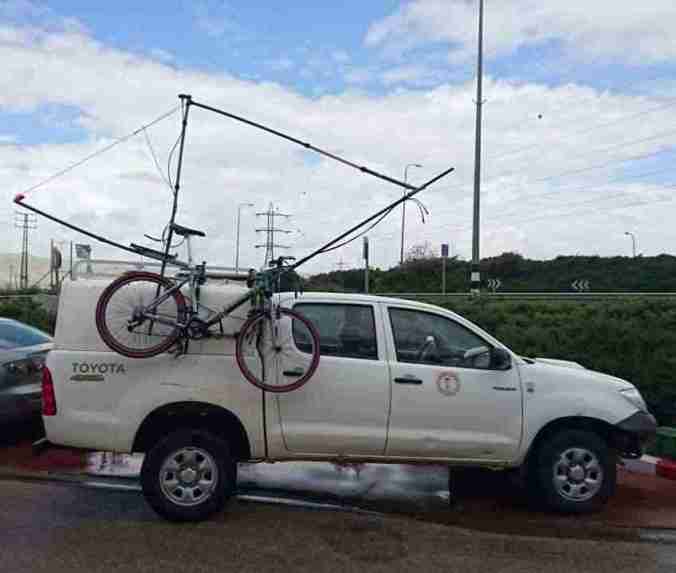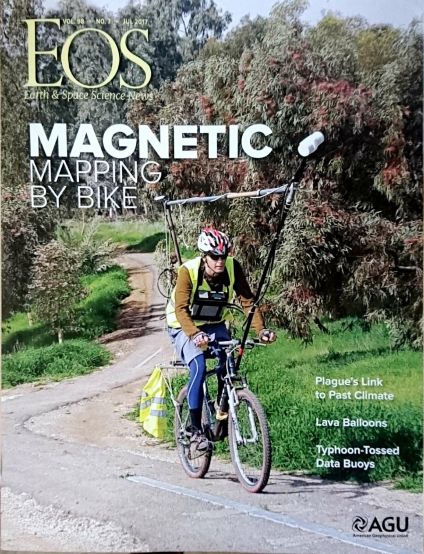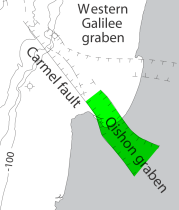One of the best experiences in this project is to see again and again the spark of curiosity in the eyes of the bystanders. This genuine and clean thought comes in a flash, saying “what on earth are these strange bike…and weird biker doing”. We see these looks everywhere along the hundreds of communities we passed. And the best part is that the curiosity crosses all ages, genders, origins, status….in short – everyone. When they ask, we stop the data collection and explain about the geology, volcanoes, and how to search for them in the subsurface. It is very rewarding to see what a short jump from a regular day to the geological space can do to people. Here are some pictures:
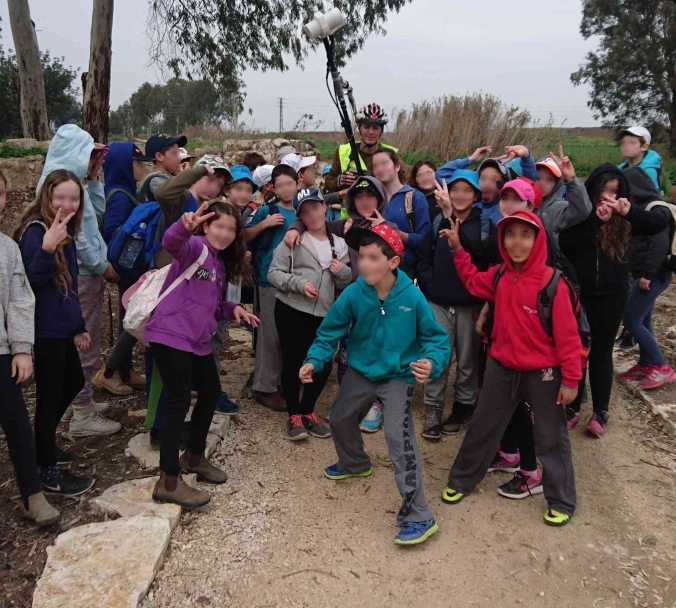
While crossing the Harod basin (half graben bounded by the Gilboa fault). I met this great group of kids. Their guide explained about the history of the place when suddenly I arrived. So the teacher asked the kids to clear the road so I will not fall. Instead, I stopped and asked the kids if they can guess what am I doing with the bike. The results were even stranger than I anticipated. Finally, I asked the teacher to take our picture.
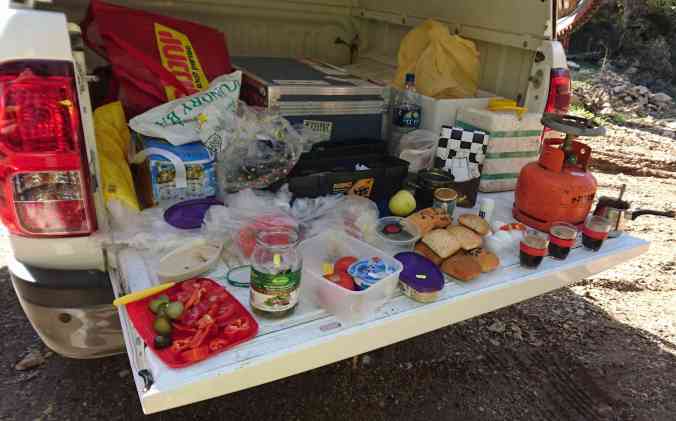
The best meals are in the field, especially after a long ride. But as we finished preparing all the goodies we heard kids walking on the other side of the road, near Fureidis…

…So I took the sensor and went to talk with them. I asked the teachers if I can explain what we are doing and they gladly said they will translate. I don’t speak Arabic, but I do know how to get the message across – science is great! These first graders had some great questions, and also some interesting suggestions for the bike. 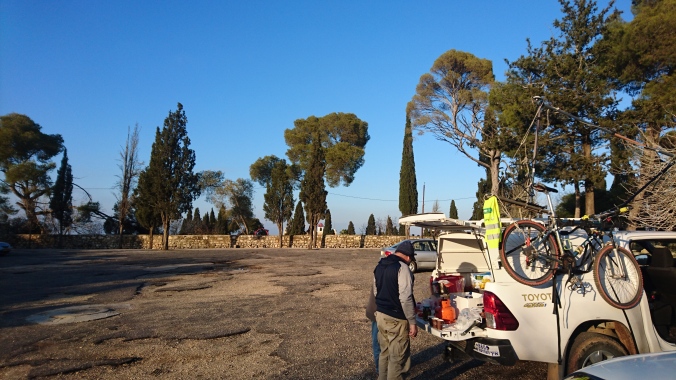
On the top of Mt. Tavor stopped to eat just before riding down the serpentine white-knuckling slope. A single, narrow road connects the village at the foothill with the top. Taxis drive back and forth to bring tourists. The taxis fill the small parking and in a minute vanish, like a fast motion video of clouds moving over the earth while we stand and drink our coffee. And then one of the taxi drivers stayed and looked for a way to start a conversation. He asked about the bike and we explained and talked about geology. This took him several decades back, to his late father who was a geography teacher. Wonderful stories. 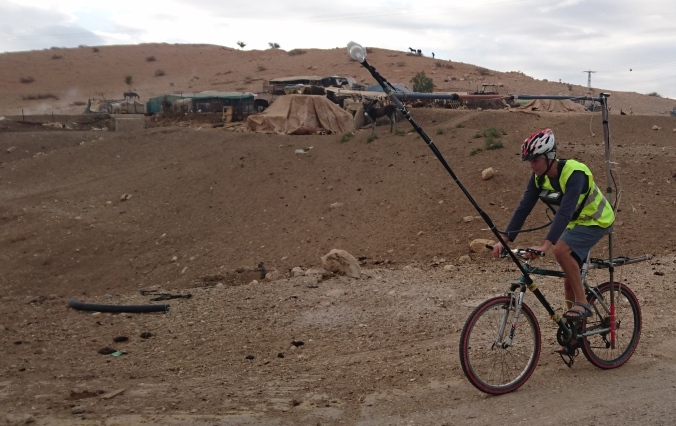
We heard similar flashbacks from shepherds (above) and from a tow truck drive (below), driven by their curiosity.



